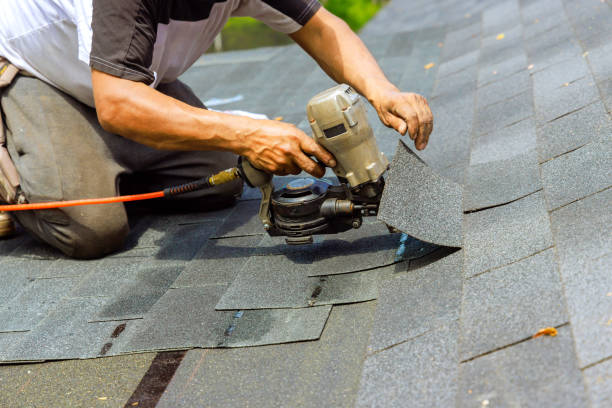"Attention Homeowners: Top 7 Roof Maintenance Tips That Prevent Costly Repairs"
Attention homeowners: maintaining your roof is one of the most effective ways to prevent costly repairs in the future. A well-cared-for roof protects your home from leaks, structural damage, and weather-related problems. Many homeowners underestimate the importance of routine roof care until small issues escalate into expensive repairs. By following these 7 essential roof maintenance tips, you can extend the life of your roof, avoid leaks, and save thousands of dollars in the long run. (Reference: National Roofing Contractors Association, 2023, average roof repair costs $500–$5,000 depending on damage.)
1. Conduct Seasonal Roof Inspections Different seasons pose unique challenges for your roof. Conducting inspections in spring, summer, fall, and winter helps detect problems early. In spring, check for winter ice or snow damage and ensure gutters are clear. Summer heat may cause shingles to crack or warp, so watch for wear. Fall is ideal for clearing leaves and checking leaks. In winter, monitor ice dams and snow accumulation. Regular seasonal inspections help keep your roof in optimal condition year-round.
2. Spot Small Problems Early Small issues, if ignored, can quickly become major repairs. Watch for minor leaks, missing or loose shingles, and damaged flashing. Early detection of leaks prevents mold, rot, and structural damage. Inspect your roof after storms or heavy winds, and address problems as soon as they appear. Early repairs can save thousands of dollars compared to major renovations.
3. Keep Your Roof Clean Debris, dirt, and moss can trap moisture and damage shingles over time. Remove leaves, sticks, and dirt from the roof surface to prevent mold and water damage. A clean roof also improves curb appeal and prevents deterioration. Avoid pressure washing shingles at high settings, as this can remove protective granules and reduce lifespan.
4. Maintain Gutters and Downspouts Functional gutters are essential for effective water drainage. Clogged gutters can cause water to overflow, damage siding, and weaken the foundation. Clean gutters and downspouts regularly, ensuring water flows freely away from the house. Check for leaks, sagging sections, and proper alignment during each season. Proper gutter care prevents costly water damage inside and outside the home.
5. Trim Overhanging Branches Trees near your house can pose risks to your roof. Overhanging branches can drop leaves and debris, scratch shingles, or break during storms. Trim branches back to prevent physical damage and reduce debris accumulation. This simple step reduces maintenance and protects your roof from unnecessary wear.
6. Minimize Foot Traffic and Protect Shingles Walking on your roof can damage shingles, especially older ones. Limit rooftop activity unless necessary and use protective measures like walk pads when inspecting or cleaning. Avoid heavy equipment or ladders resting on shingles for extended periods. Protecting your roof from mechanical damage extends its life and reduces repair costs.
7. Call Professionals When Needed Some roof problems require expert attention. Persistent leaks, sagging areas, or damaged flashing should be inspected by licensed roofing professionals. They can safely handle complex repairs, provide long-term solutions, and ensure the roof meets safety standards. Attempting difficult repairs without experience can be dangerous and costly.
Conclusion: Maintenance Beats Major Repairs Routine roof care is far more cost-effective than waiting for emergencies. By following these 7 tips—conducting seasonal inspections, spotting small issues early, cleaning your roof, maintaining gutters, trimming branches, minimizing foot traffic, and calling professionals when needed—you protect your home, extend your roof’s lifespan, and avoid expensive repairs. Consistent maintenance ensures your roof remains a reliable shield for your home through every season.
Reference for cost estimates: National Roofing Contractors Association (NRCA), 2023 Roofing Industry Data.
